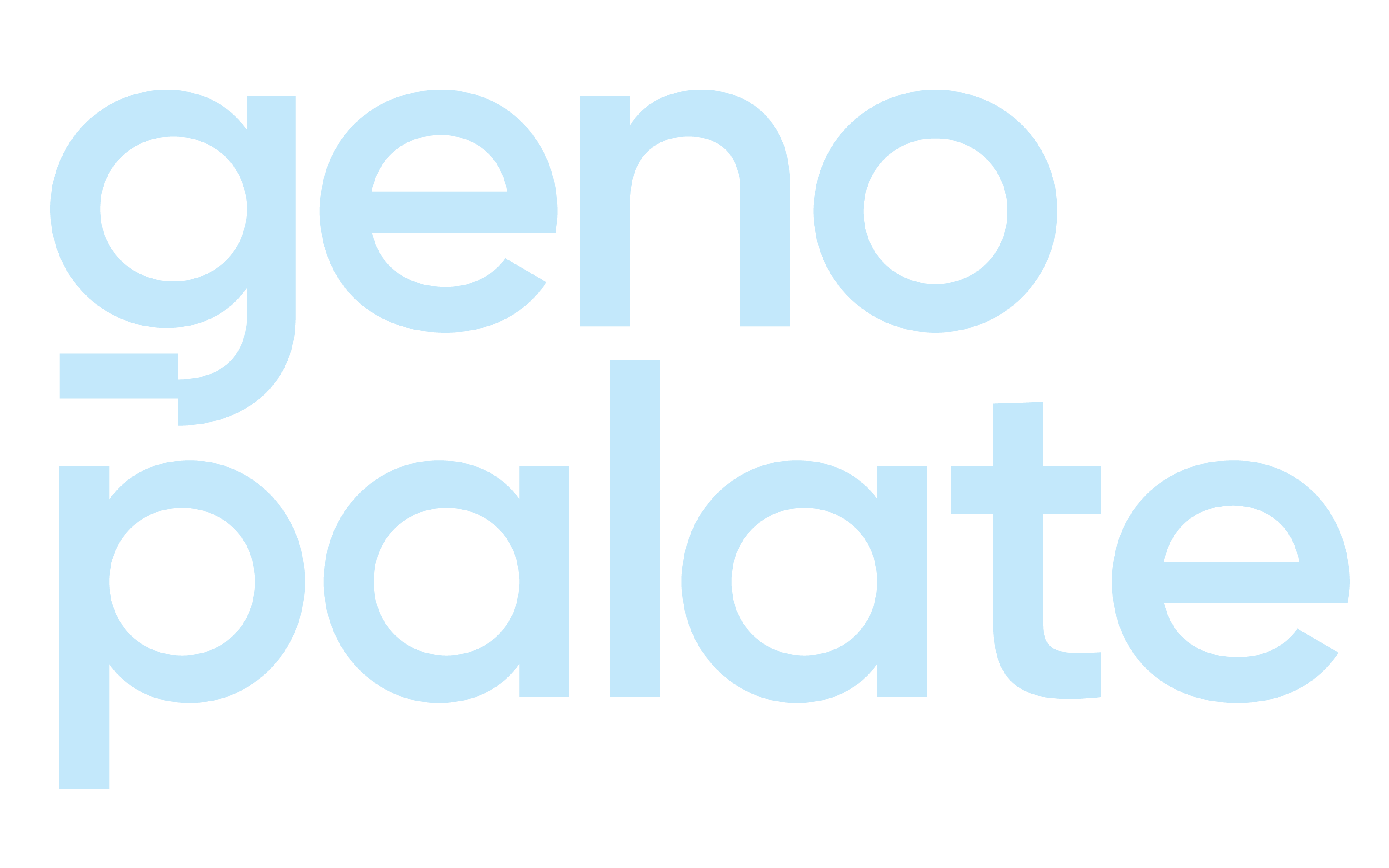Does red meat cause heart attacks?
Should I put butter in my coffee?
What’s best for cooking—olive oil, vegetable oil or coconut oil?
From magazine articles, to TV talk shows, to Google searches on 30 minute keto diet recipes, the advice on when to add, or subtract, fat from our plate is constantly changing. These mixed messages, combined with the latest diet fads, can be overwhelming.
Good vs. Bad Fats
The human body is made up of 15 to 30 percent fat. This number varies based on the individual and can be lower or higher. Our brains are about 60 percent fat. Our bodies need fat to stay healthy. The key is to know how much fat you need to eat for optimal wellness. We all know there is a big difference between a bacon cheeseburger from the drive-thru and salmon with vegetables sautéed in olive oil. But beyond this simple example, the types of fats, and their sources, can be confusing.
Unsaturated fats are healthy
Unsaturated fats, including monounsaturated fats and polyunsaturated fats, keep us warm, build cells, and protect our organs. Good fats also help our bodies absorb vitamins from foods, produce hormones, and can lower LDL (bad) cholesterol levels.
Unsaturated fats can be found in avocados, nuts and seeds, fish and plant-based liquid oils. These oils, which are rich in polyunsaturated fats provide essential fats that your body needs but can’t produce on it’s own—such as omega-6 and omega-3 fatty acids.
Omega-3 fatty acids can decrease triglyceride levels and may help decrease your risk of coronary heart disease. These essential omega-3 and omega-6 fatty acids need to be obtained through food.
Fish that are low in mercury, including shrimp, canned light tuna, salmon, pollock, and catfish, are excellent sources of Omega-3 fatty acids. Studies show eating fish high in Omega-3 fatty acids can lower the risk of cardiovascular disease. Researchers are also looking at whether Omega-3 fatty acids might help prevent or slow the progress of Alzheimer’s disease or other forms of dementia.
Is there such a thing as “bad fats”?
Saturated fats and trans fats are traditionally known as the “bad fats”. They can increase our LDL (bad) cholesterol levels which can cause blockages in our arteries. These fats also increase the risk of heart disease and stroke, and some studies have shown that they are linked to type 2 diabetes.
Foods high in saturated fat and trans fat come mainly from baked goods, fried foods, and animal products, including meat and dairy. However, there is some controversy in the medical community over saturated fats found in animal products. Some studies have found no evidence that these fats directly contribute to heart disease.
Small amounts of trans fats are found naturally in animal-based foods like meat and milk. But most trans fats are made in an industrial process. Companies add hydrogen to liquid vegetable oils to make them solid at room temperature. This helps the food last longer and gives foods a satisfying taste and texture.
The difference between these good and bad fats lies in their chemical structure. All fats are made up of a chain of carbon atoms that are linked—or bonded— to hydrogen atoms.
In saturated fats, the carbon atoms are totally covered, or “saturated” with hydrogen atoms. This makes them solid at room temperature. In unsaturated fats, fewer hydrogen atoms are bound to carbon atoms. These fats are liquid at room temperature.
Fats keep us healthy. But the key is to know which types of fats to eat, how much fat to eat, and which types of fat to avoid. Your DNA holds the key to unlocking this formula.
How your genes come into play
Your own DNA has the power to cut through all the nutrition noise. GenoPalate’s nutrition DNA test is similar to the one you’d take to research your ancestry. In fact, our technology can analyze the results from an ancestry test you’ve already taken.
The science of nutrigenomics
This type of nutrition testing uses nutritional genomics, also known as nutrigenomics. It is the study of the relationship between human genome, nutrition, and health. We look at the whole body to determine what you should eat based on how your body will respond.
The science of fat
We analyze over 15 fat genes that determine how your body processes fat so you can eat for optimal wellness. Let’s take a look at 4 of these genes:
1. FTO - This gene provides instructions for making an enzyme that can control the types of foods and energy you crave. Studies have shown that this gene is significantly related to obesity. Naturally occurring variations of your FTO gene regulate how you respond to foods containing different types and qualities of energies. It is strongly correlated with outcomes in body composition changes.
2. FAAH - This gene helps break down certain fatty acid molecules. Variations in this gene correlate with different levels of fullness felt after a meal. It also correlates with different levels of blood triglycerides and cholesterol in response to a low fat diet.
3. LIPC - This gene plays a role in determining your cholesterol profile. A healthy cholesterol profile should have a well-balanced ratio of LDLs and high-density lipoproteins (HDLs). Different variations of the LIPC gene affect this ratio.
4. PPARG - This gene provides instructions for making a protein that receives signals from what you eat and determines your metabolic response to fats and sugar. Once activated by those signals, it commands a chain of reactions. This can lead to the conversion of energy-storing cells, the utilization of sugar sourced energy, and suppression of inflammation.
Eat for your genes
Once your DNA is analyzed, you’ll receive a customized and actionable report that is easy to understand and easy to fit into your existing lifestyle. This nutrition report will help you make smarter choices when it comes to your health.
With a better understanding of how your body functions, you’ll be able to eat for your genes. As a result, you’ll be able to fill your refrigerator, build your plate, and order at a restaurant based on how your body responds to food.
Are you ready to ditch the one-size-fits-all approach to nutrition?
Sources
1. Dr. Mark Hyman, Separating Fat from Fiction: 10 Things Fat Facts you Need to Know
2. WebMD, What Types of Fat are in Food?
3. American Heart Association, Fats
4. MedicineNet, Medical Definition of Fatty Acids





